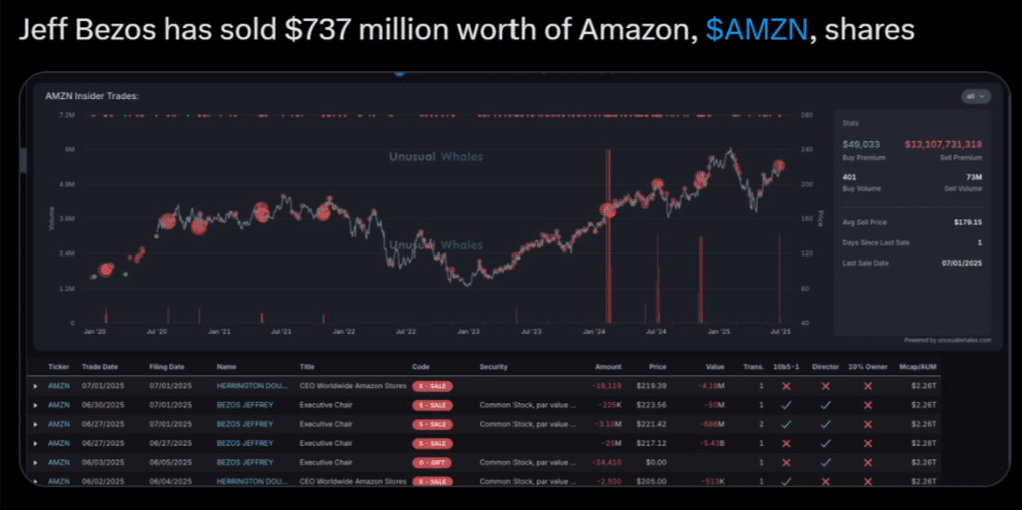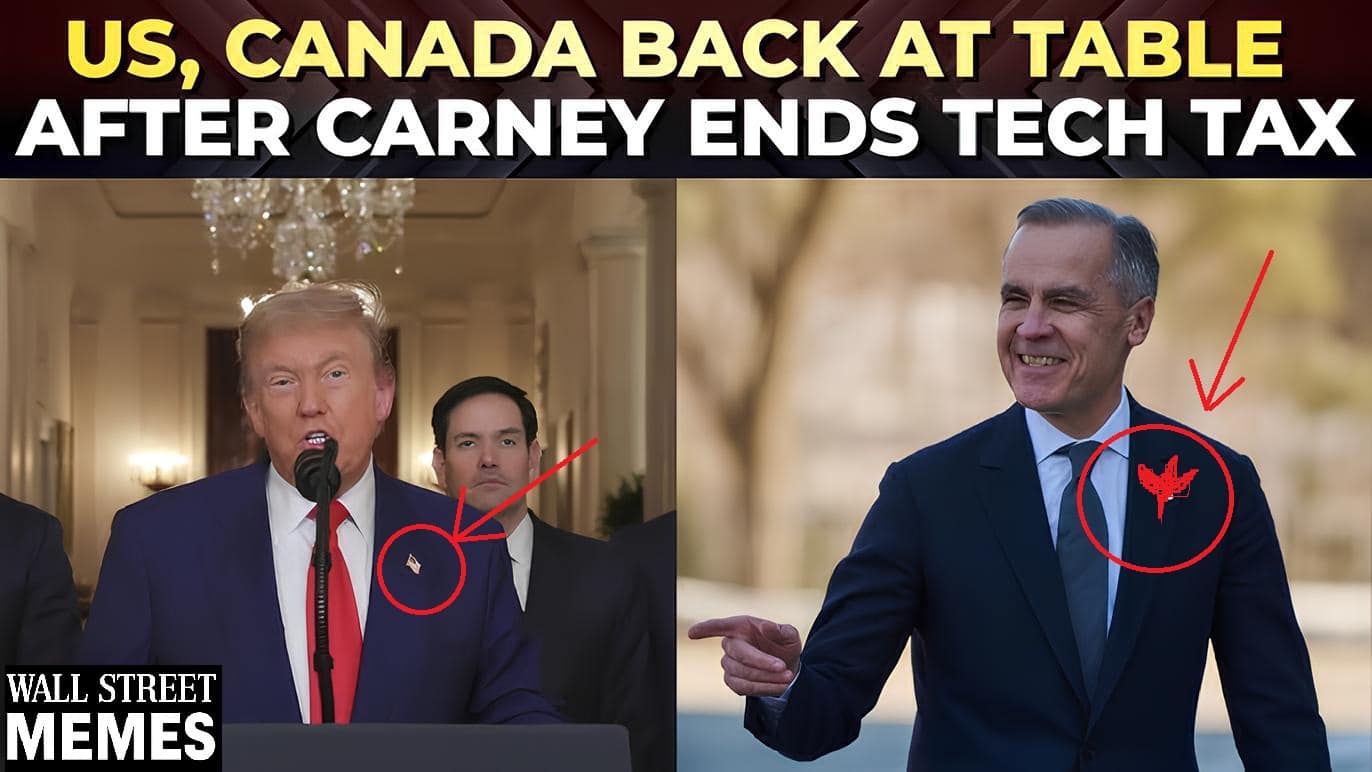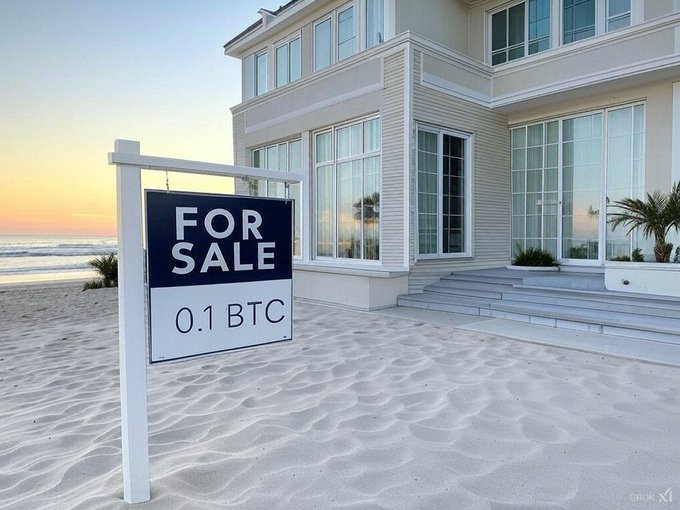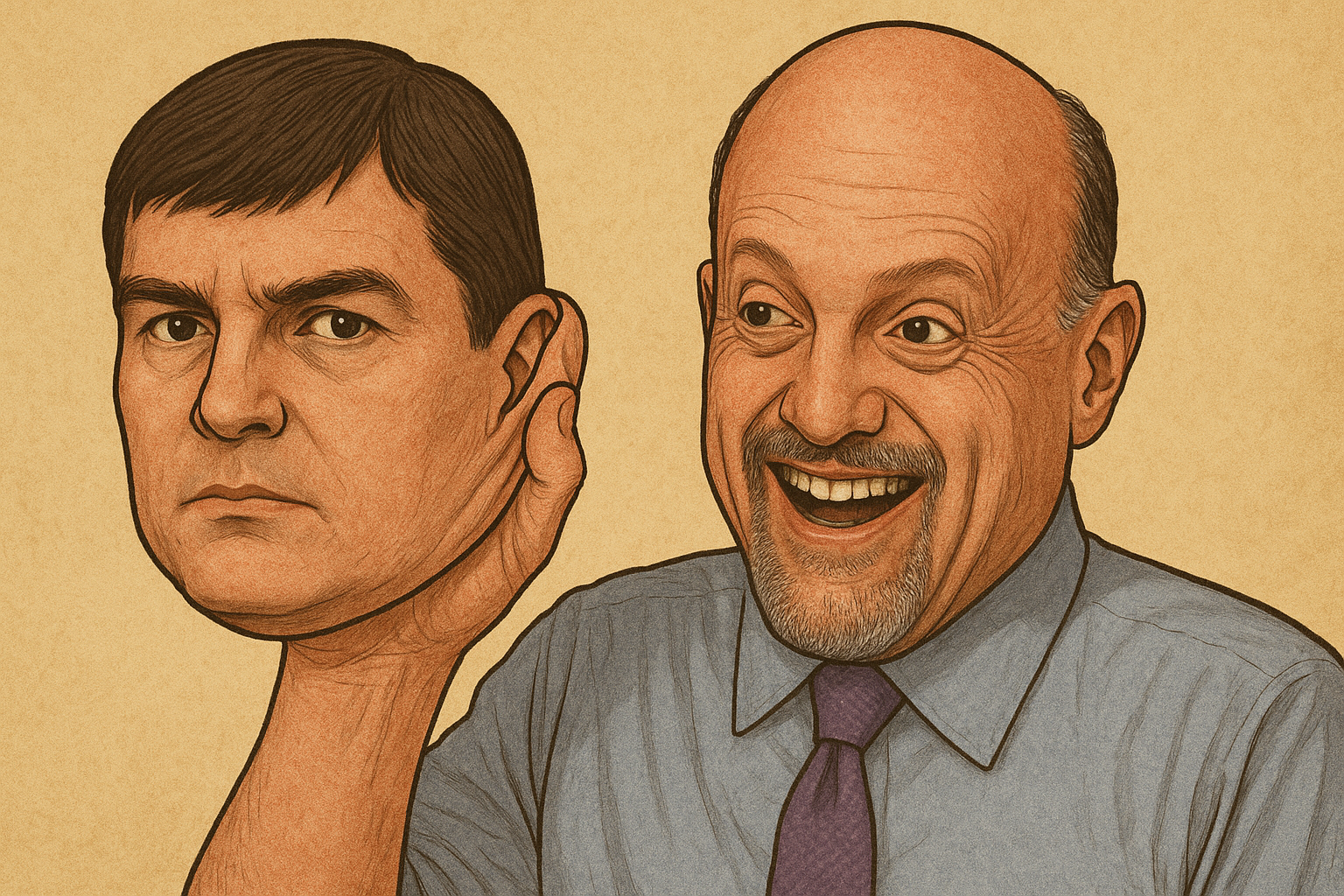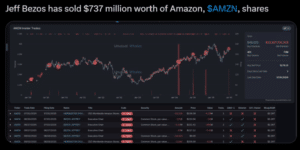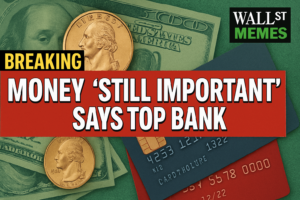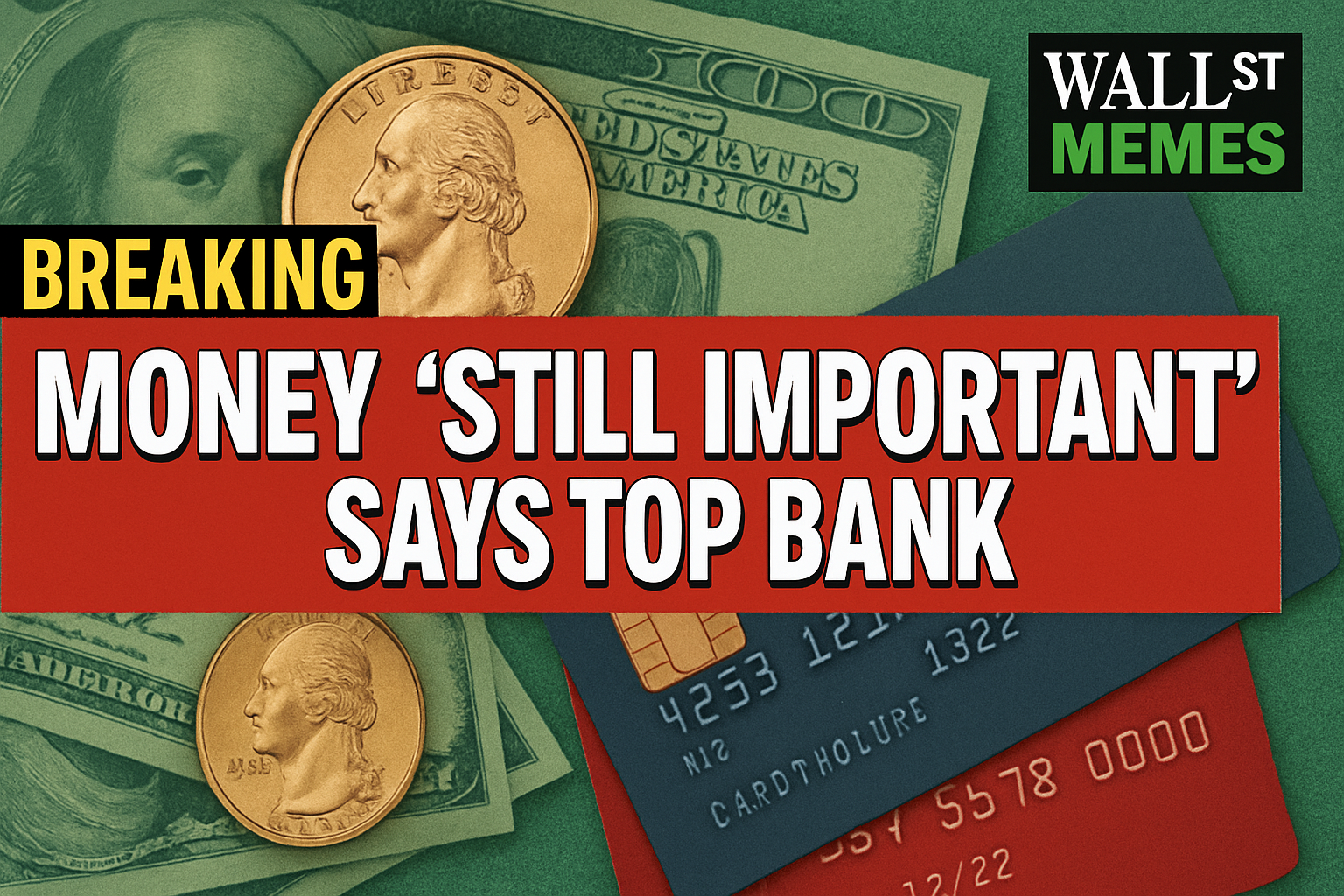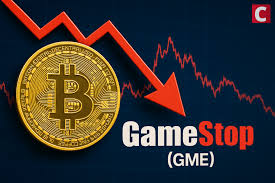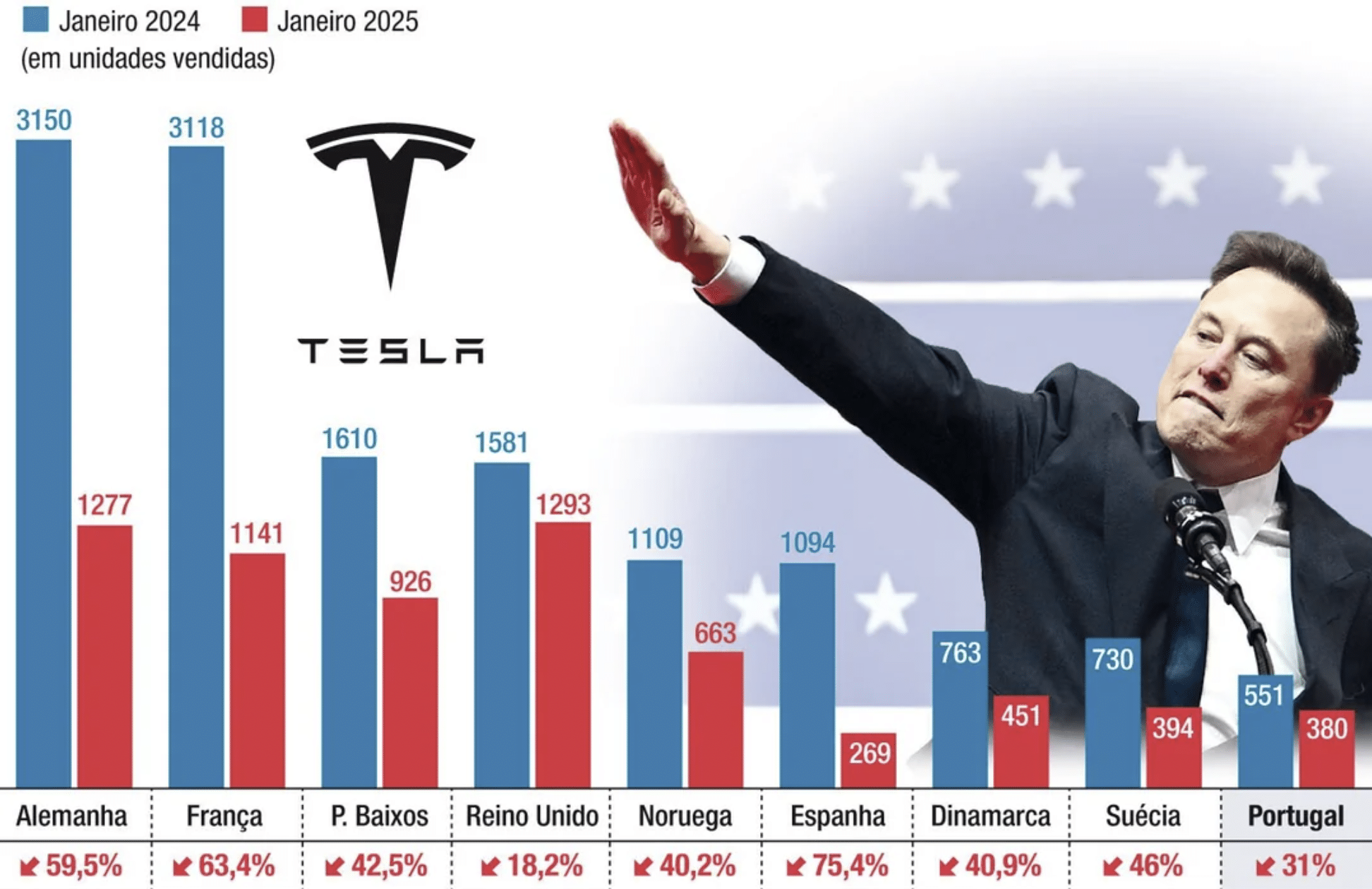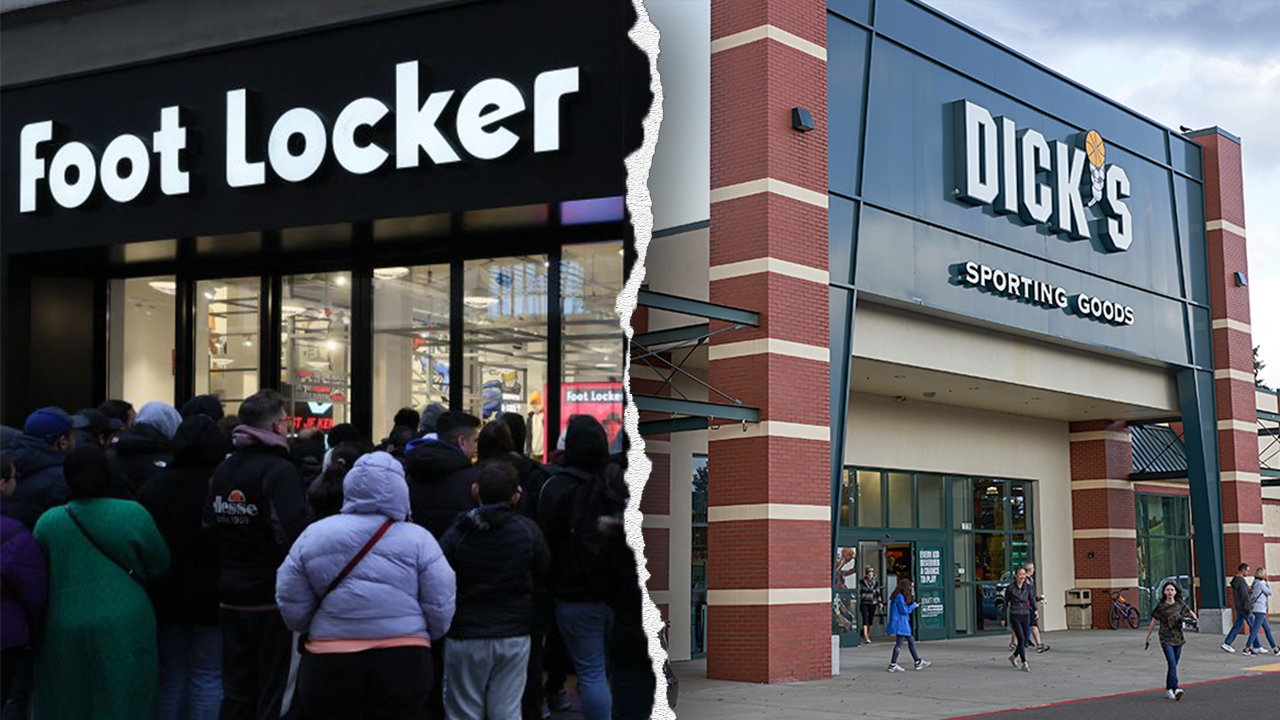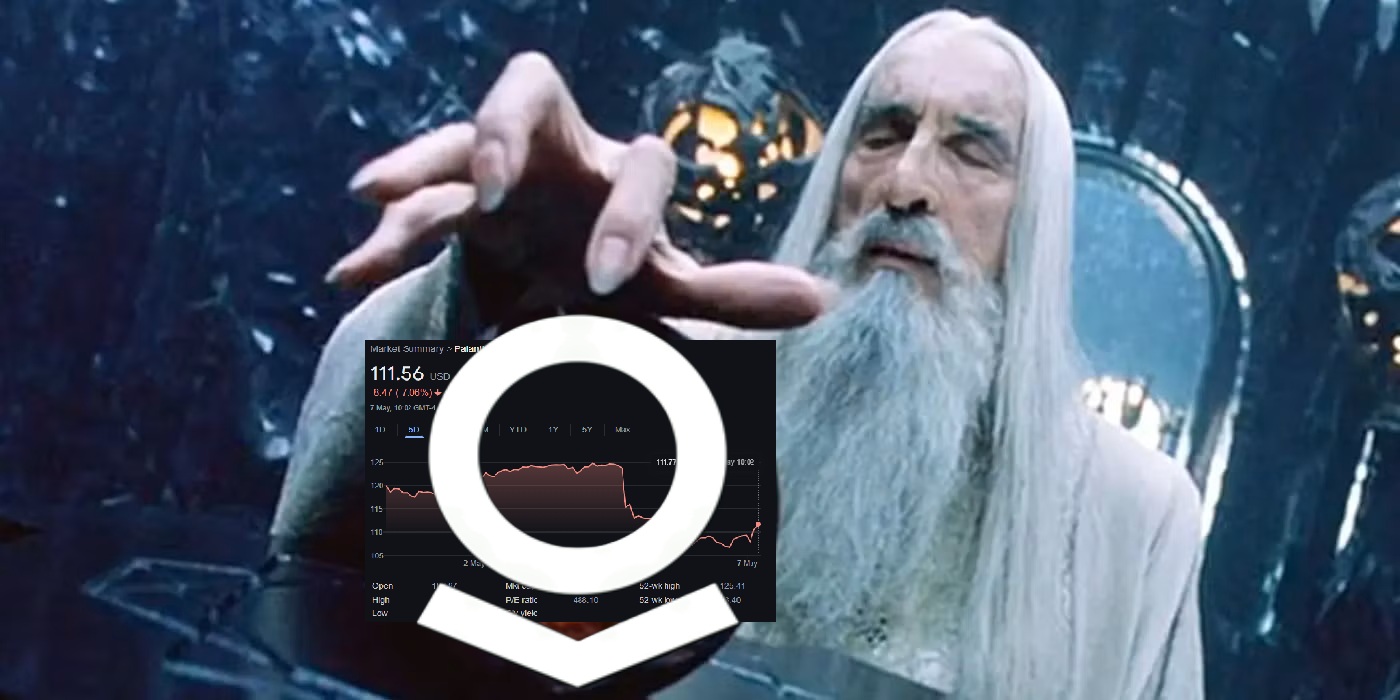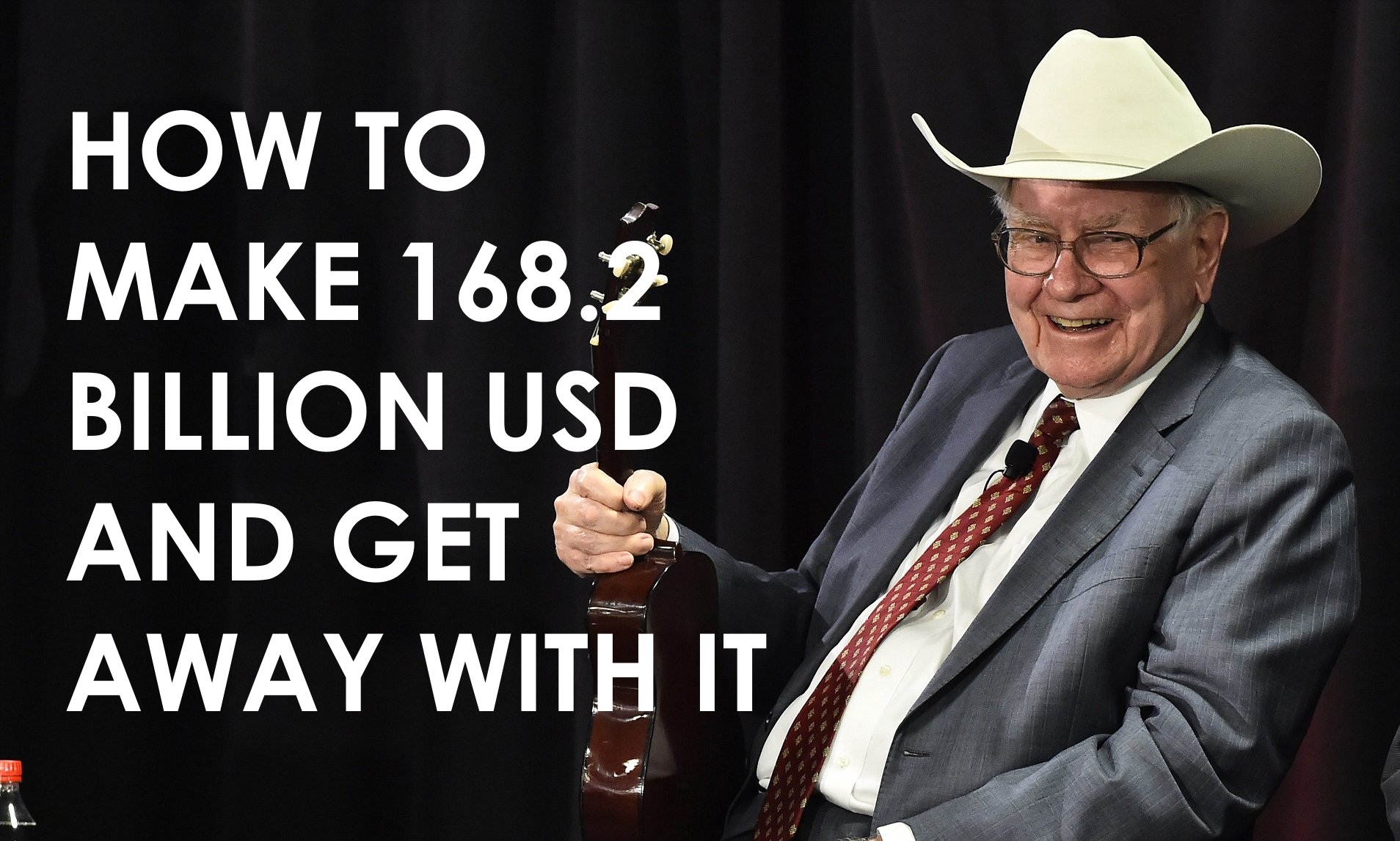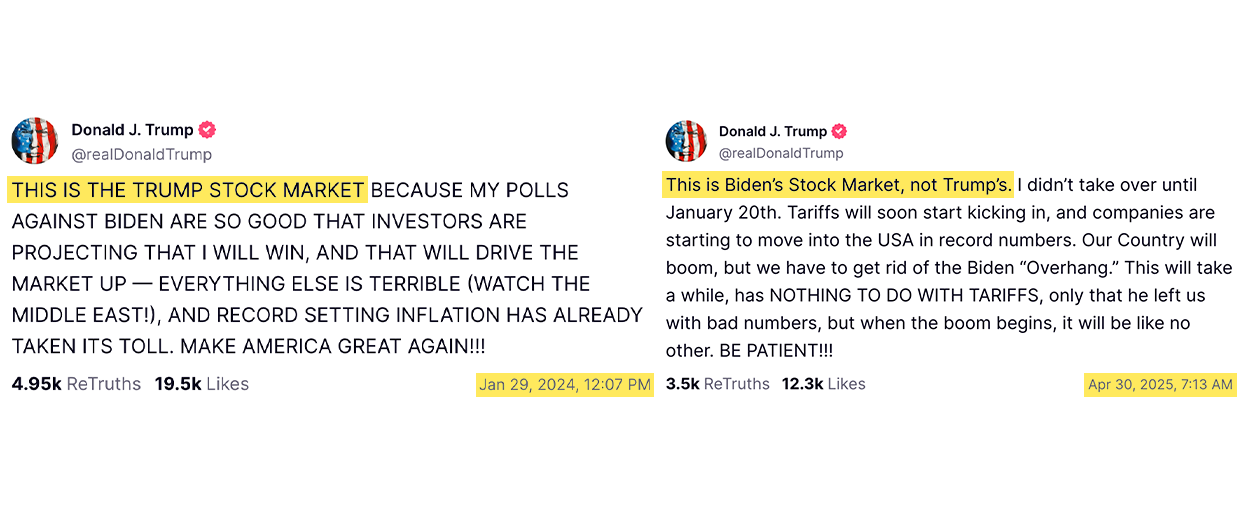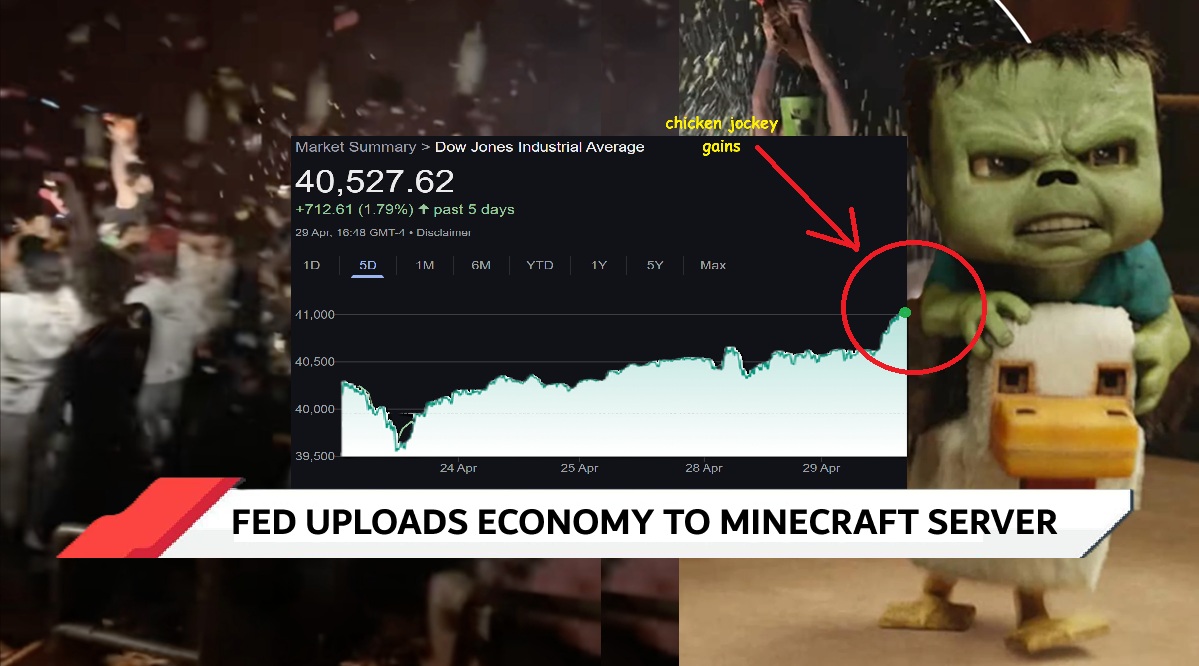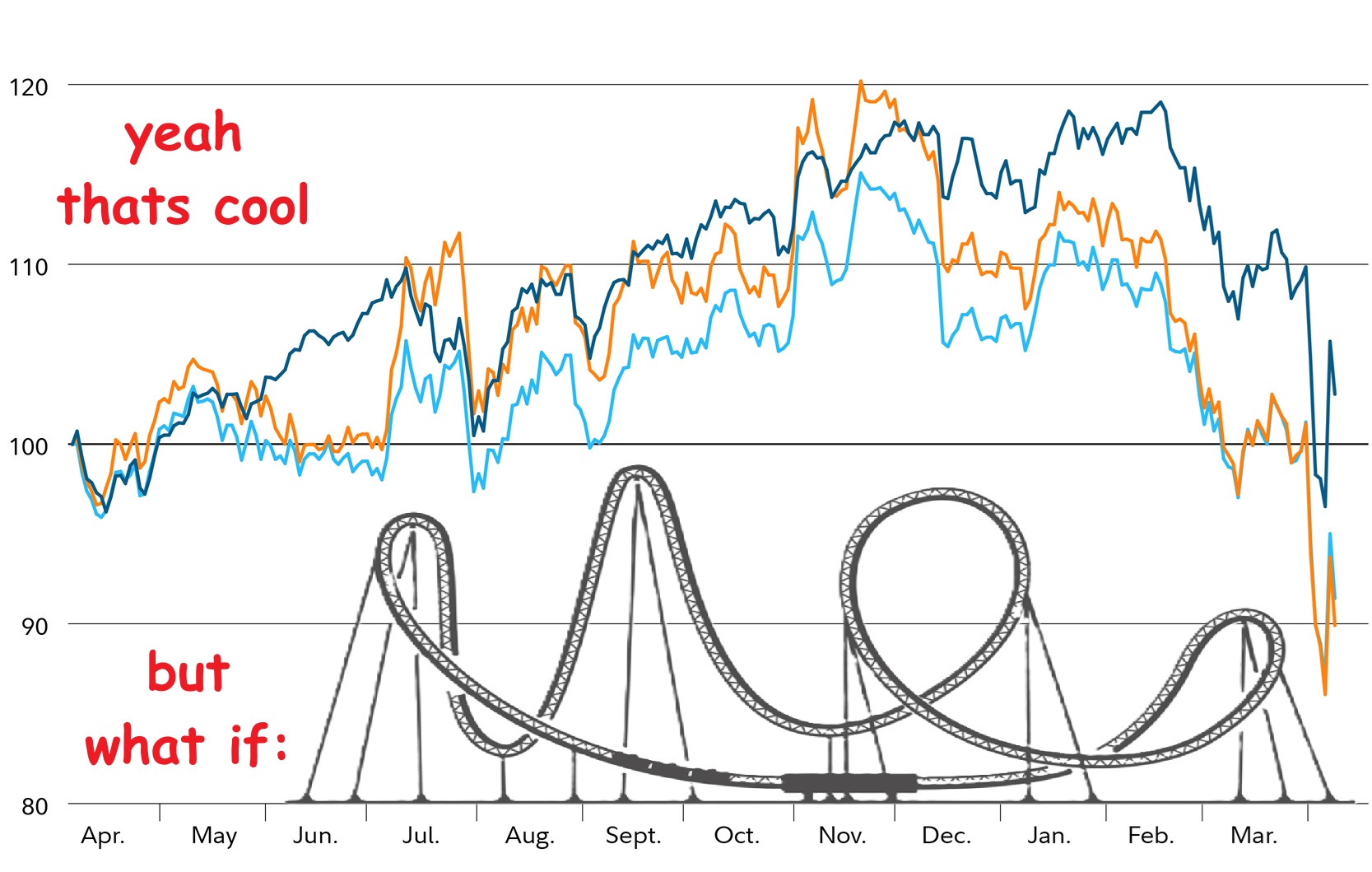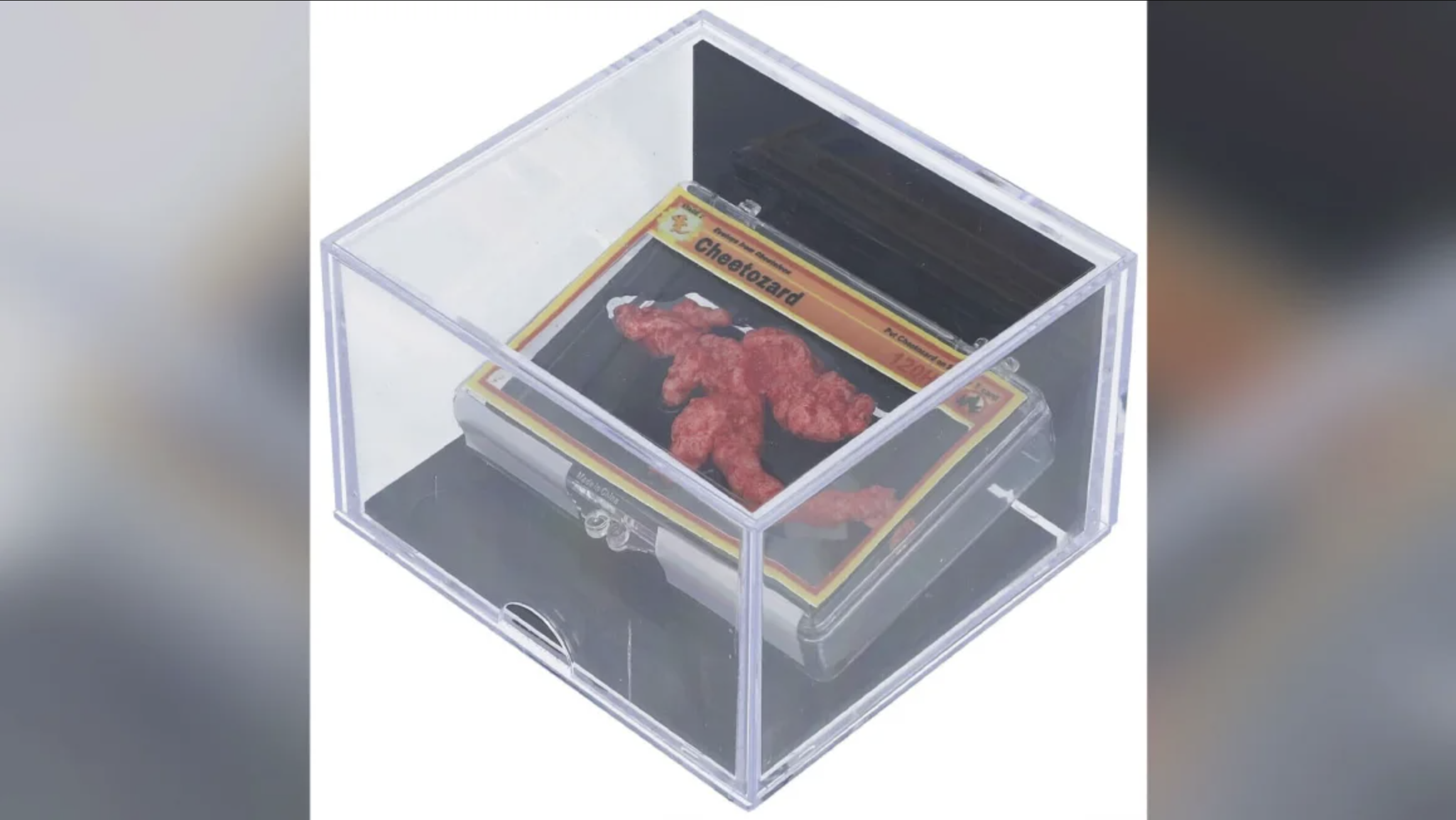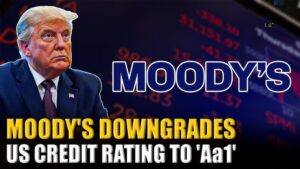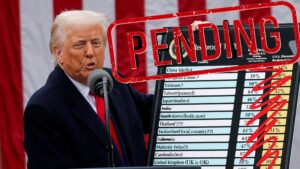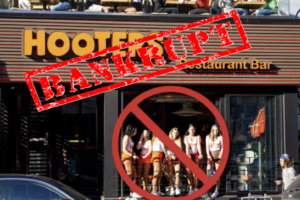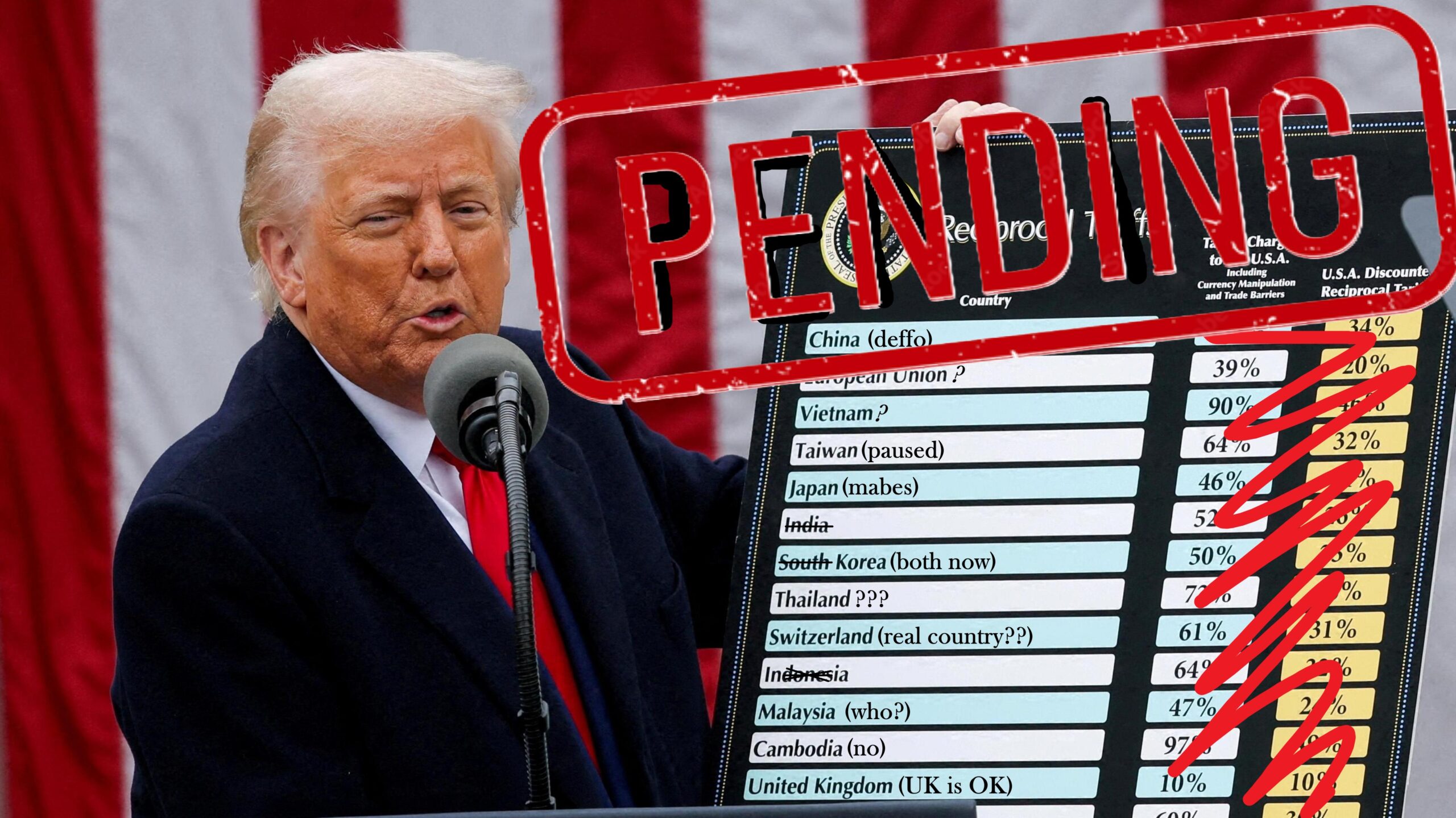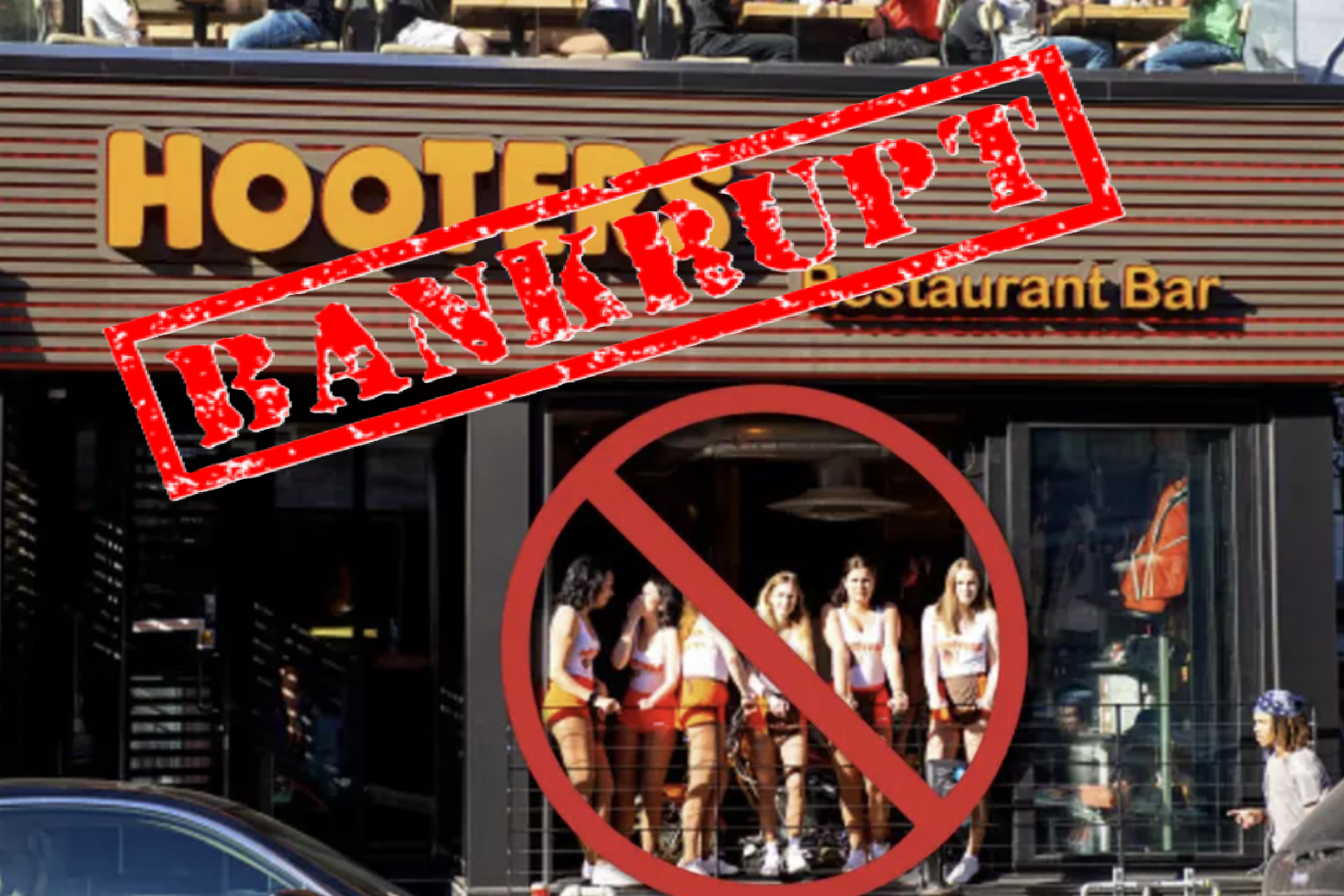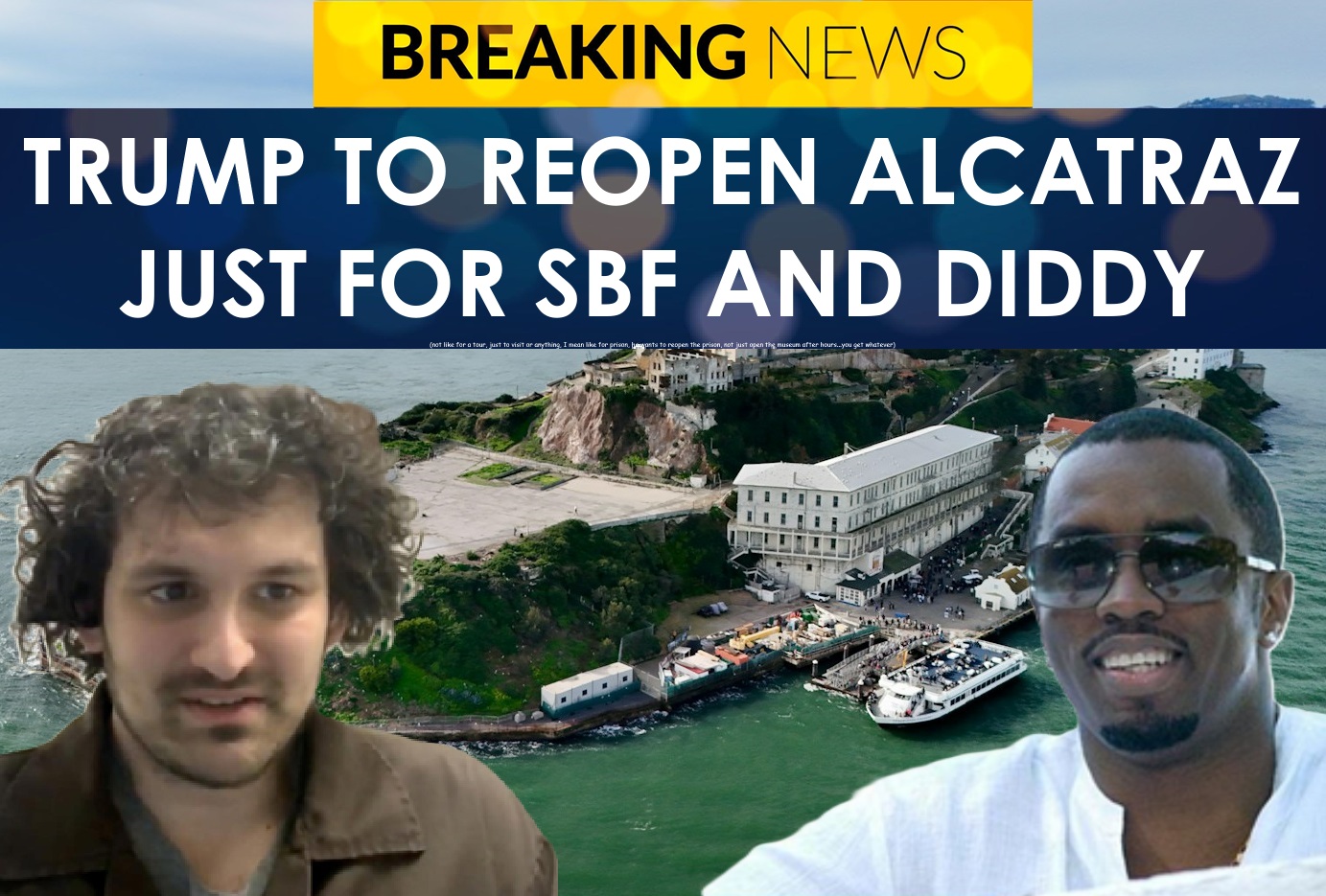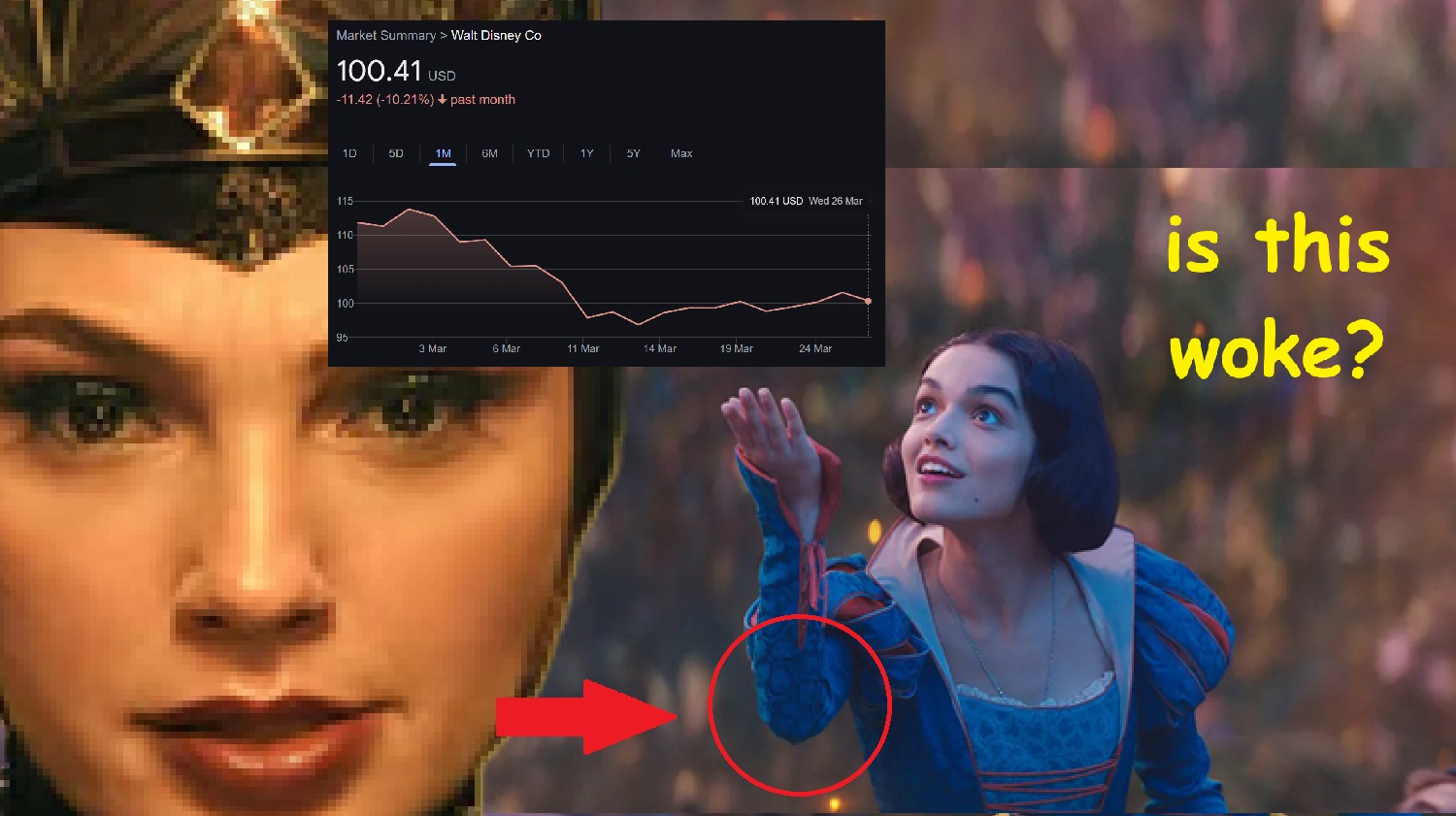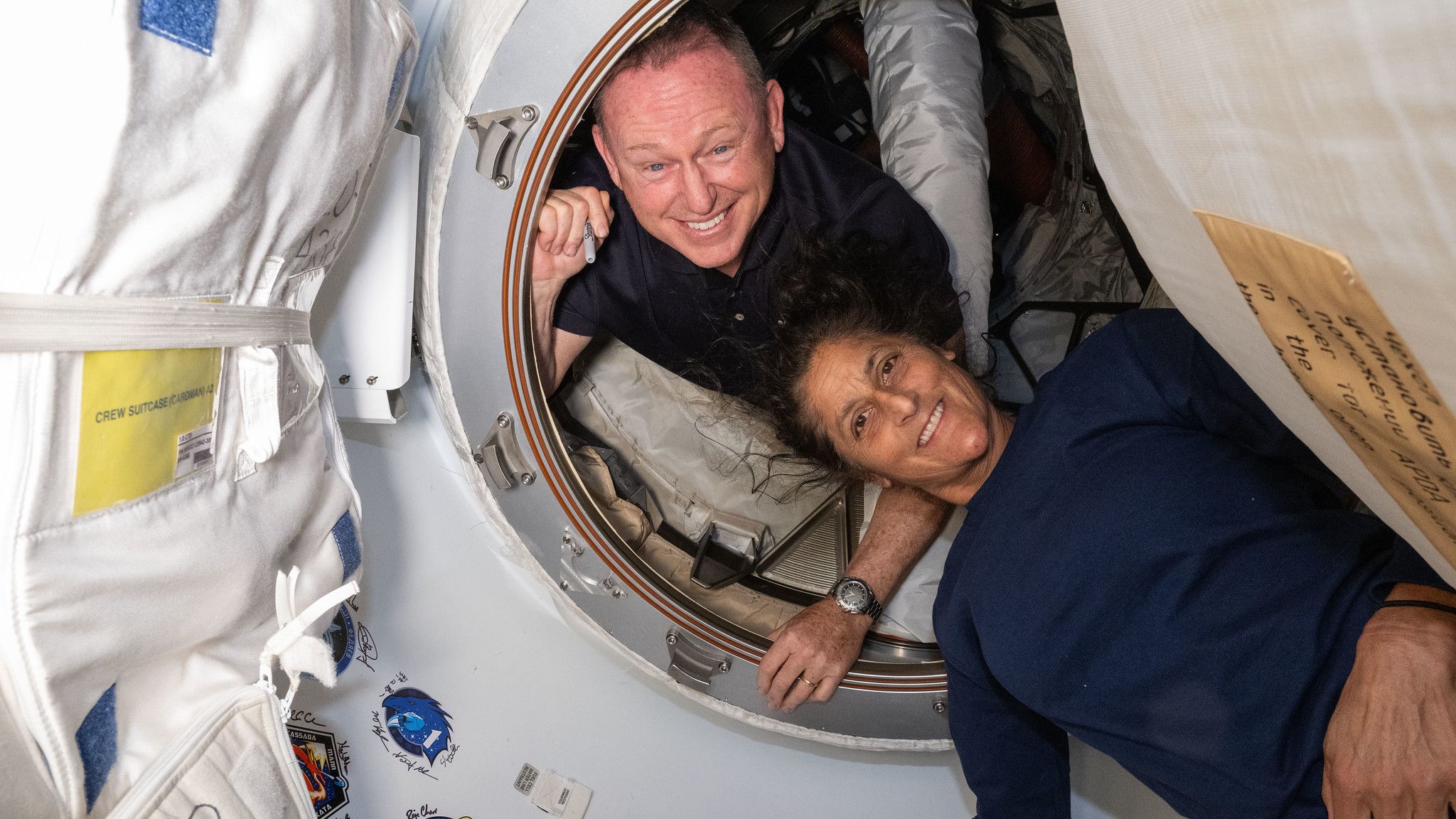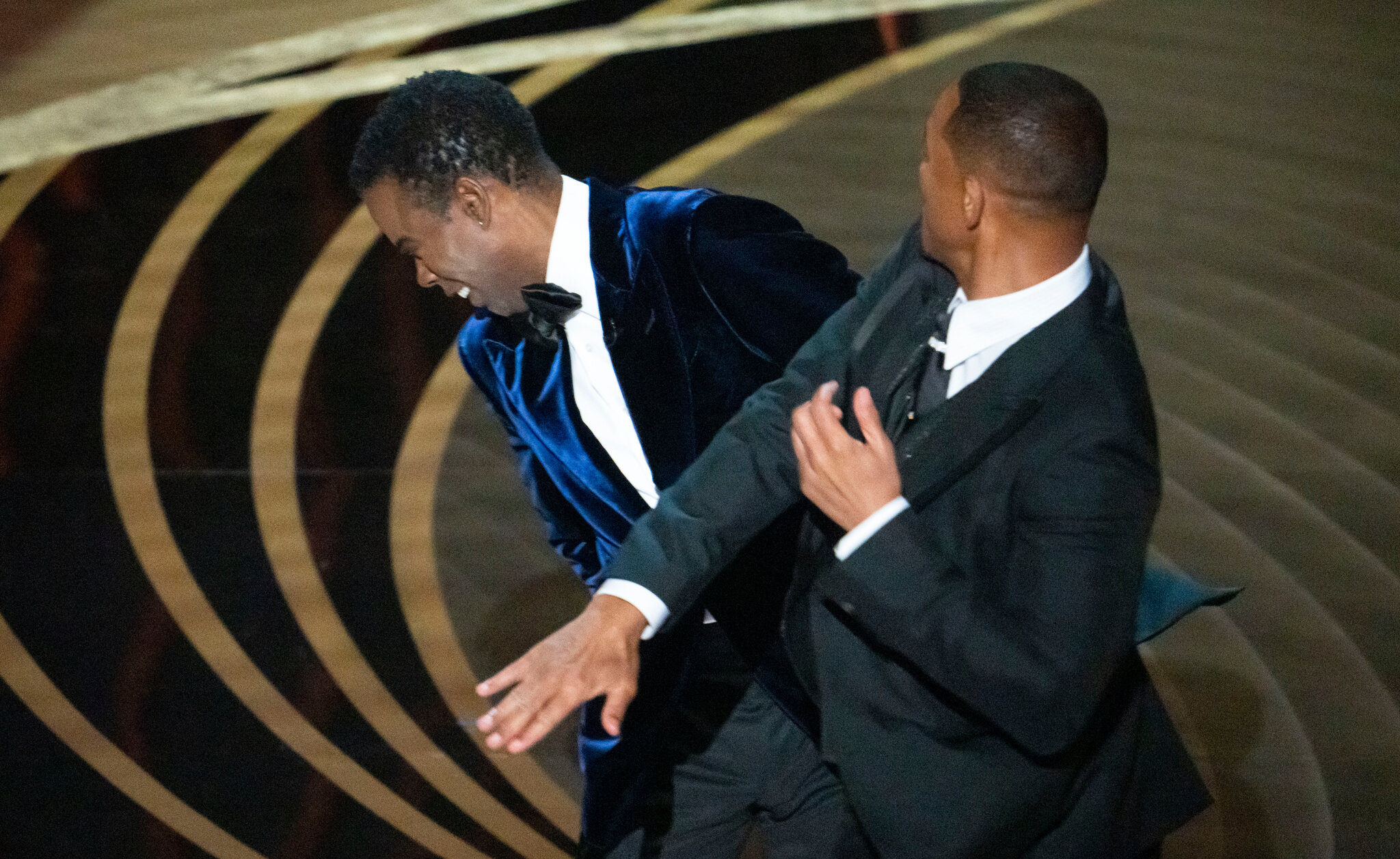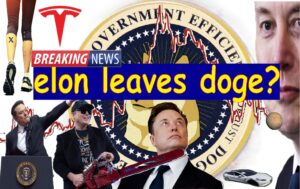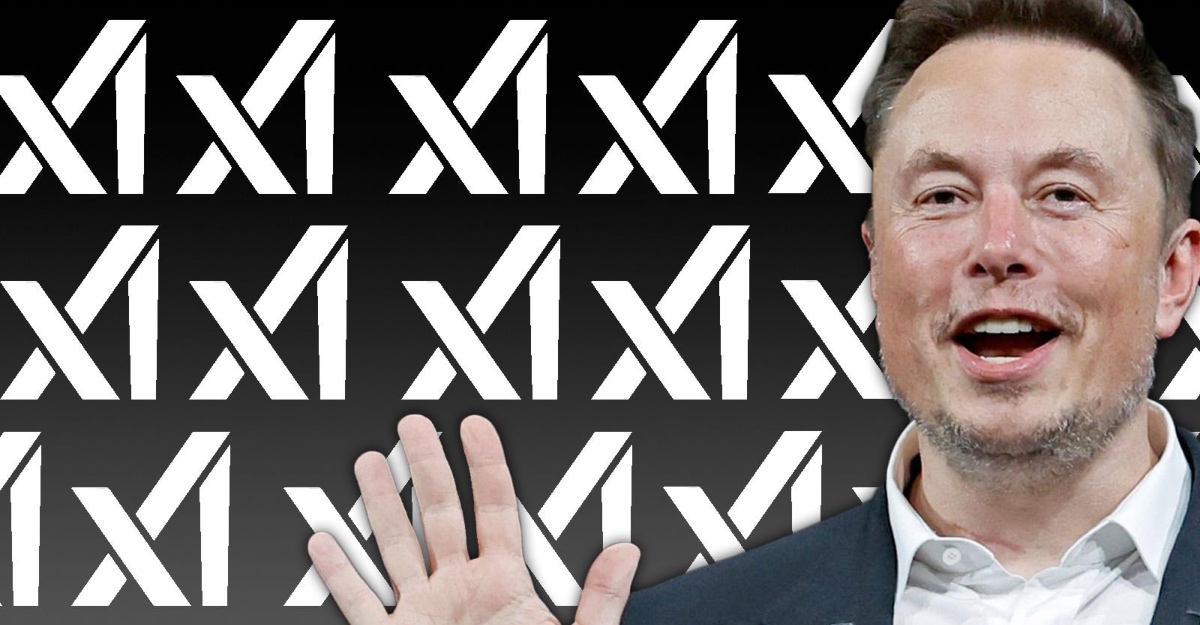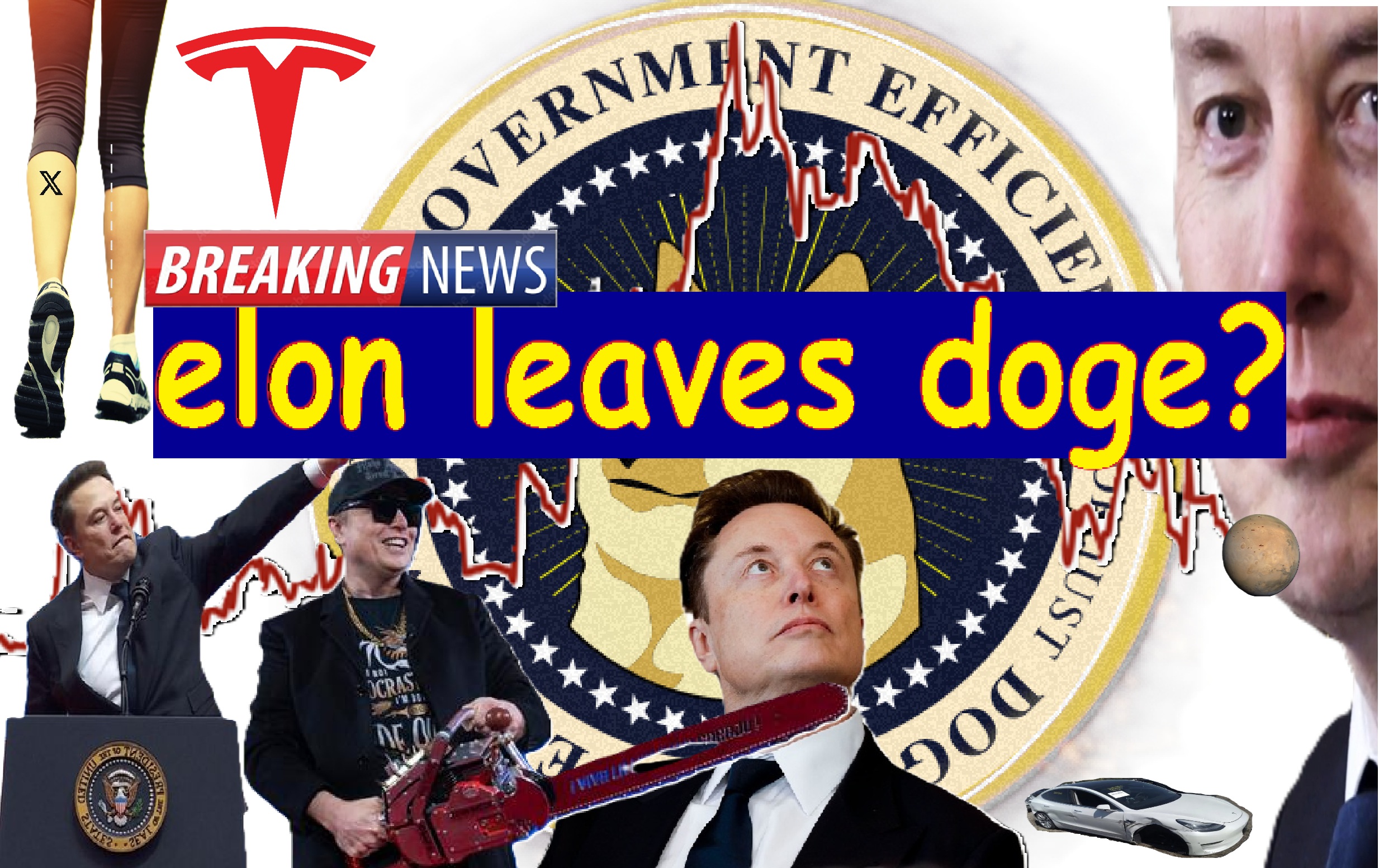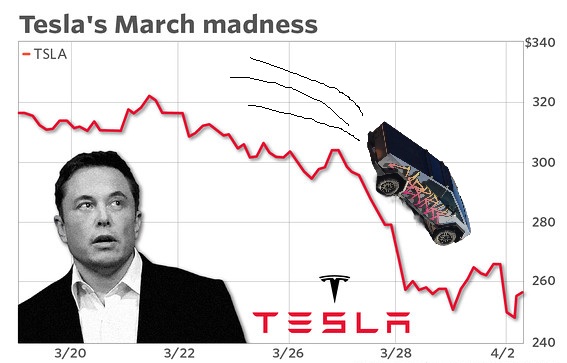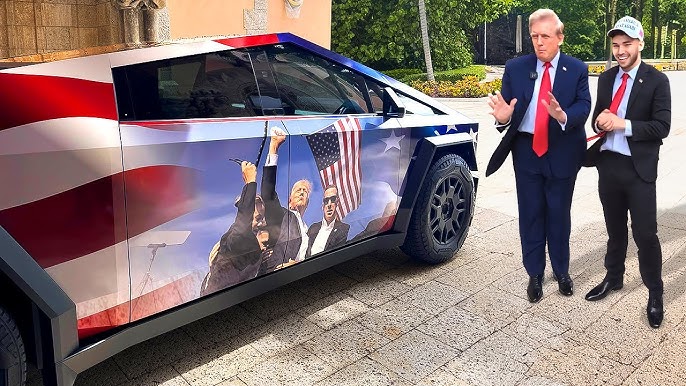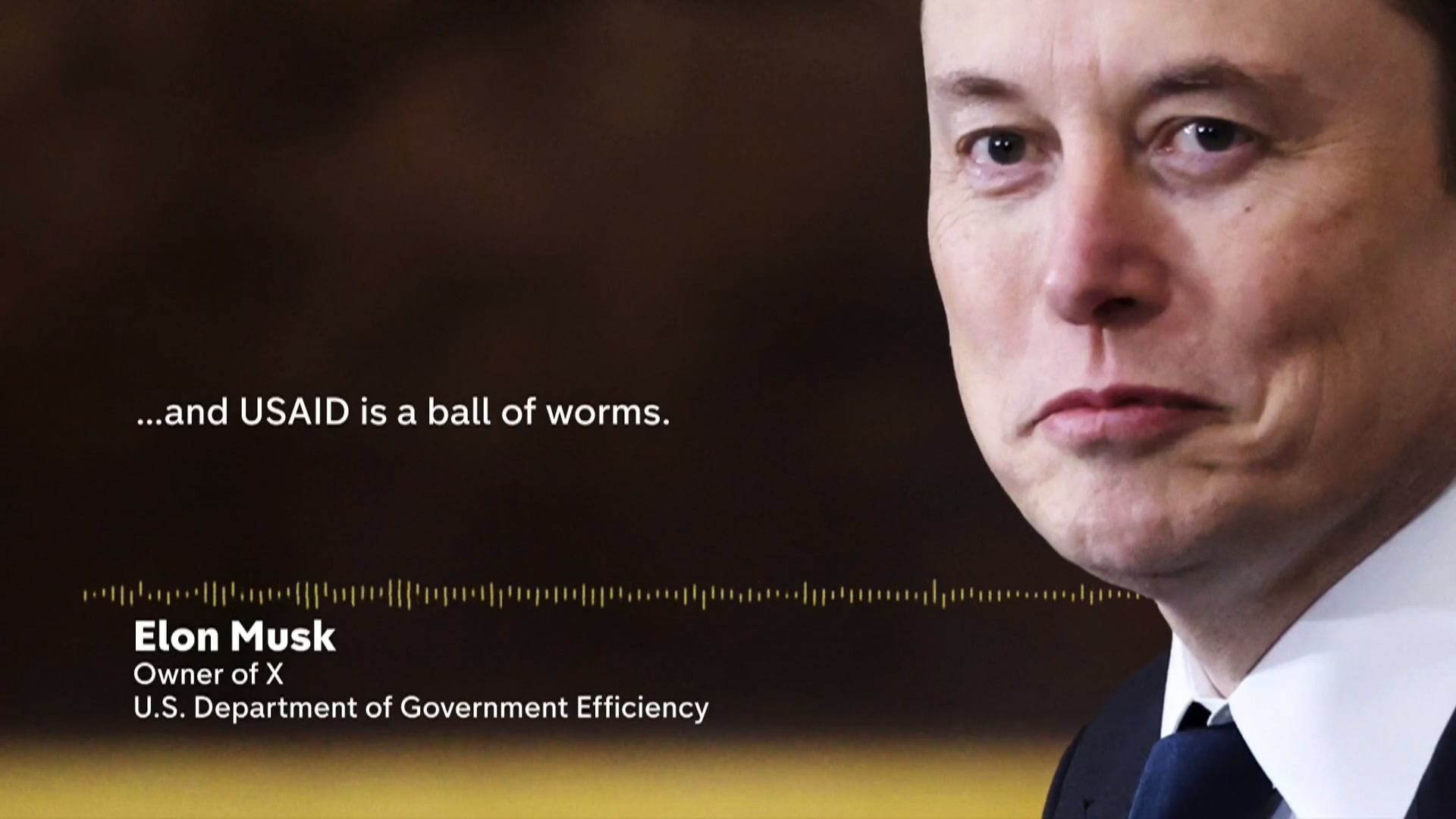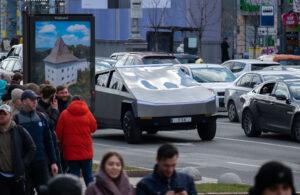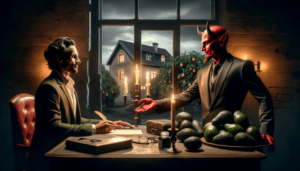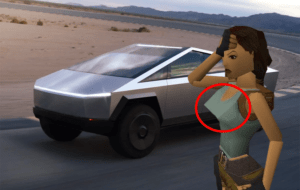Tesla Battery Supplier EXPLODES (…18% In Biggest IPO Of The Year)
Latest news
-
Max Profit - July 2, 2025
-
Marge Incall - July 1, 2025
Crying America Begs Mommy And Daddy To Stop Fighting
-
John Combs - June 30, 2025
Canada Scraps US Digital Tax, Apologises 26,000 Times
-
Ima Short - June 26, 2025
Crypto Becomes Asset For Mortgages, Fartcoin Now Worth ‘Abandoned Warehouse With No Doors’
-
Ima Short - June 25, 2025
Jim Cramer Removes Michael Burry Mask He’s Been Wearing For Two Years
Electric car batteries get a bad rap for suddenly EXPLODING (scared you there). Well, here’s a car battery that’s MEANT to explode… financially speaking.
CATL, China’s Contemporary Amperes Technology Co. Limited (so it should really be CCATCL) just went public and received a massive jumpstart, again, not good for a battery.
CATL does not make CATL-itic converters (that’s a car joke), no they make more than a third of all EV batteries supplying Tesla, Volkswagen, Toyota and maybe even the Chinese military. Out of those, we obviously had to put Tesla in the headline because we are being secretly paid by Elon to promote his brand.
They raised $4.55bn from the listing which is crazy. Like, there’s no joke here, can you imagine that kind of money? That’s small country GDP kind of money. Imagine getting all the money in a DAY?? Whoah. I don’t even know.
Despite their global presence, China is 70% of CATL’s total revenue which just goes to show how massive the Chinese EV market is. So maybe think about that, Elon. (Yes, he reads this site.)
Because of this, CATL is likely not too bothered by ‘Trump’s Terrific Tariffs’, as 2025’s biggest IPO just goes to show.
Now you might not have heard of CATL (not the cow) before so, just for fun, here are some CATL facts:
- FACT! CATL employs 100,000 people (which, if you ask Elon, is too many)!
- FACT! CATL has 13 production plants worldwide! All arranged in a pentagram with Beijing at the center.
- FACT! CATL was founded in 2011!
- FACT! 2011 was 14 years ago!
- FACT! 2011 is closer to the year 2000 than it is to now!
- FACT! You are old!
- FACT! CATL is an anagram of ‘clat’!
Well, would you look at that, you learn something new everyday. Now you can go out there and impress your friends. Have fun, son!
Lots of love,
Dad.
For more words to beam directly into your brain, click here: Musk To Sell Three-Wheeled Teslas To Avoid Trump’s 25% Auto Tariff
Tesla Battery Supplier EXPLODES (…18% In Biggest IPO Of The Year)
Latest news
-
Max Profit - July 2, 2025
Bezos Sells Amazon Shares To Pay For Wedding, Narrowly Avoids Bankruptcy
-
Marge Incall - July 1, 2025
Crying America Begs Mommy And Daddy To Stop Fighting
-
John Combs - June 30, 2025
Canada Scraps US Digital Tax, Apologises 26,000 Times
-
Ima Short - June 26, 2025
Crypto Becomes Asset For Mortgages, Fartcoin Now Worth ‘Abandoned Warehouse With No Doors’
-
Ima Short - June 25, 2025
Jim Cramer Removes Michael Burry Mask He’s Been Wearing For Two Years

